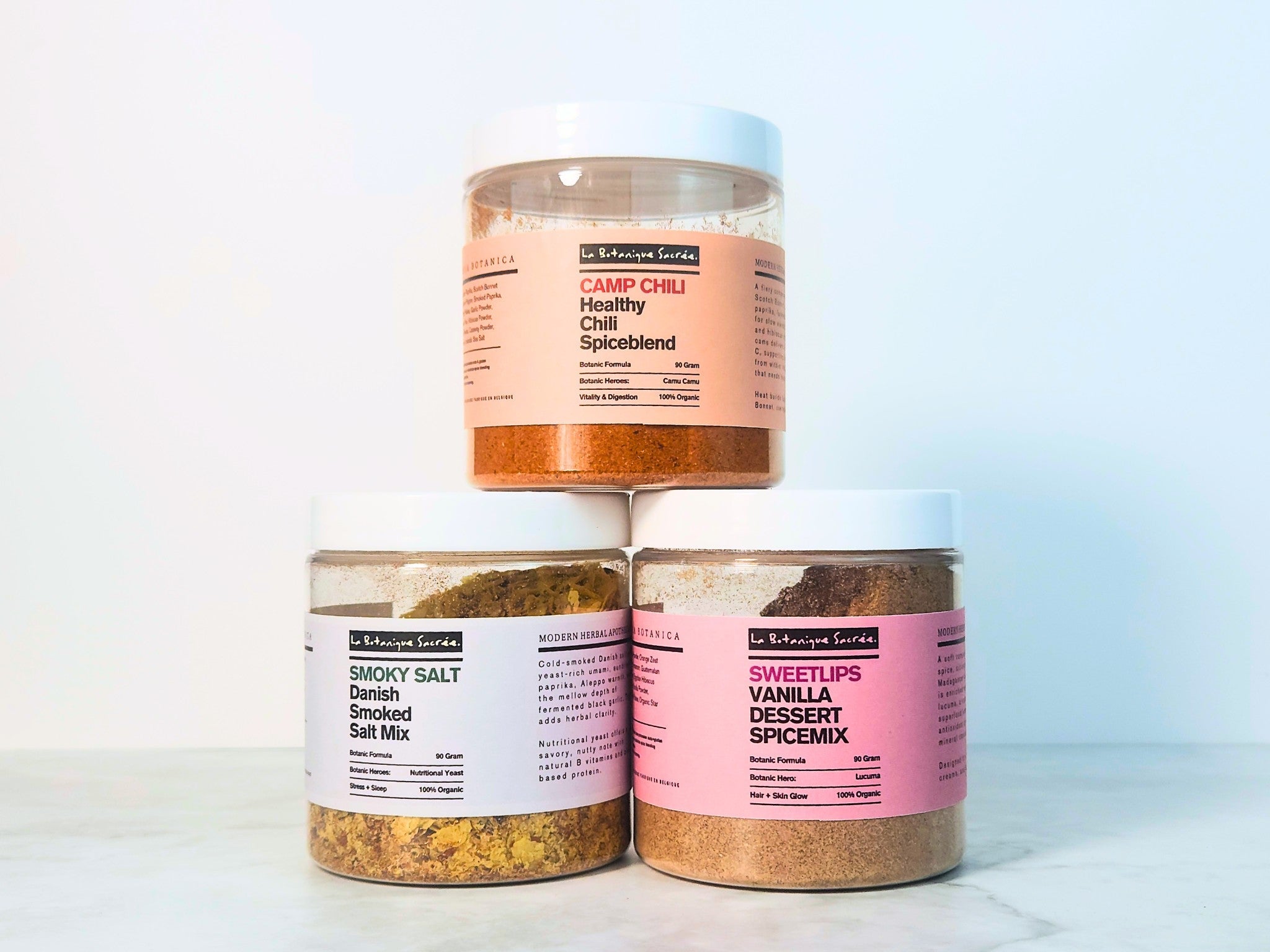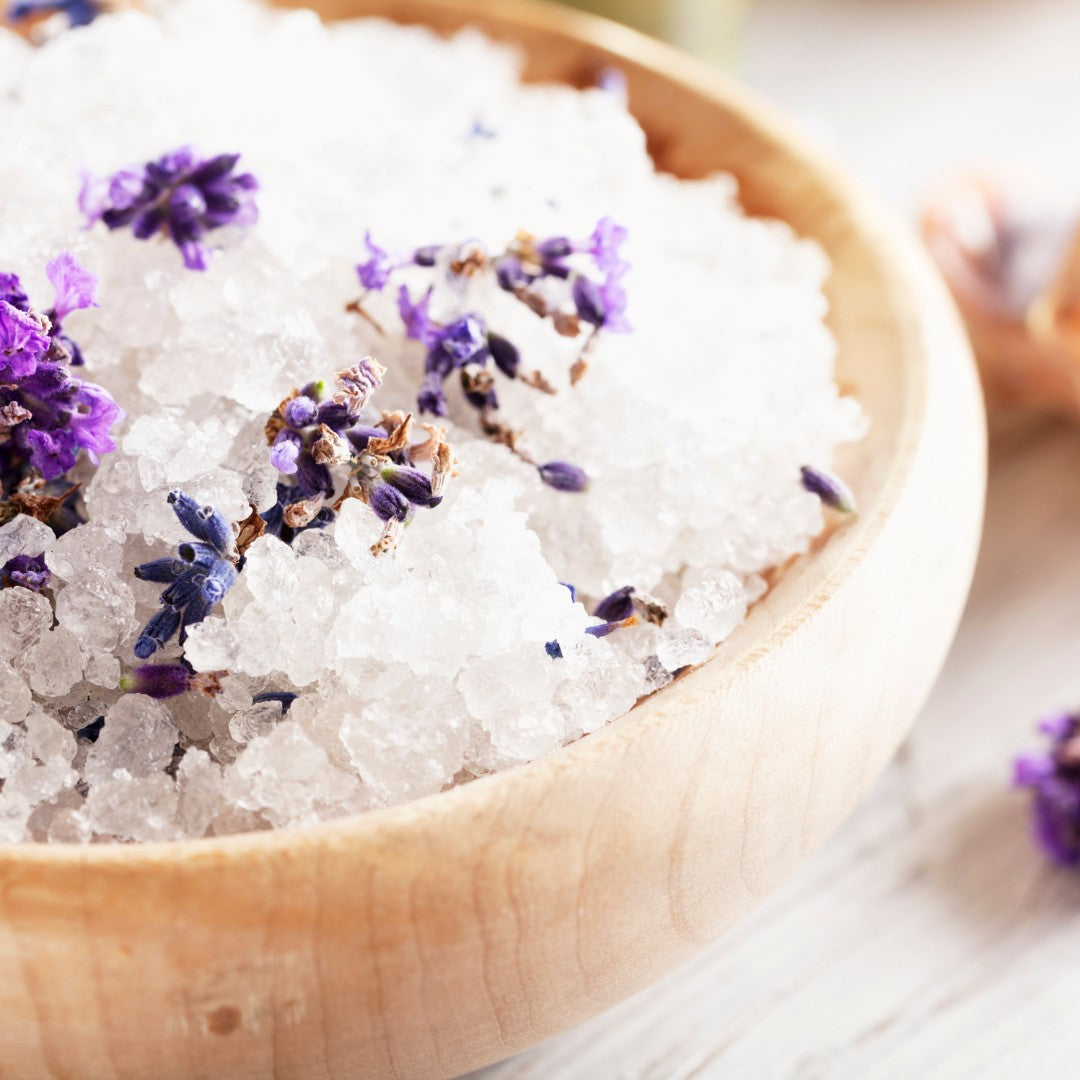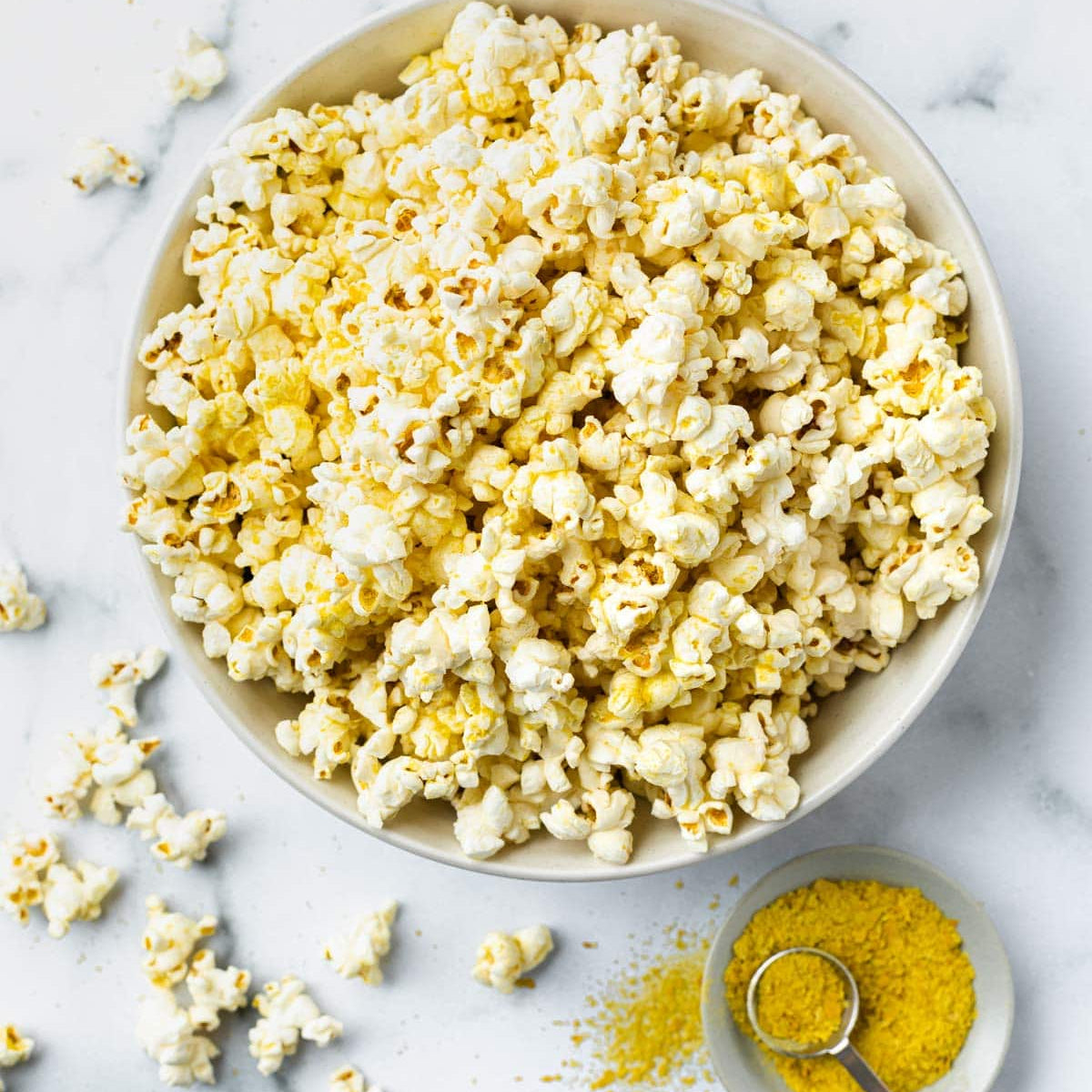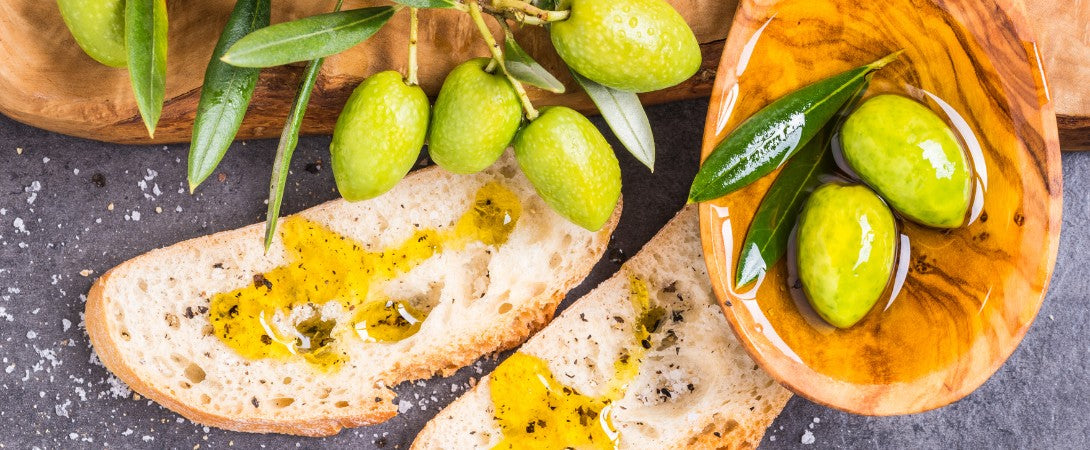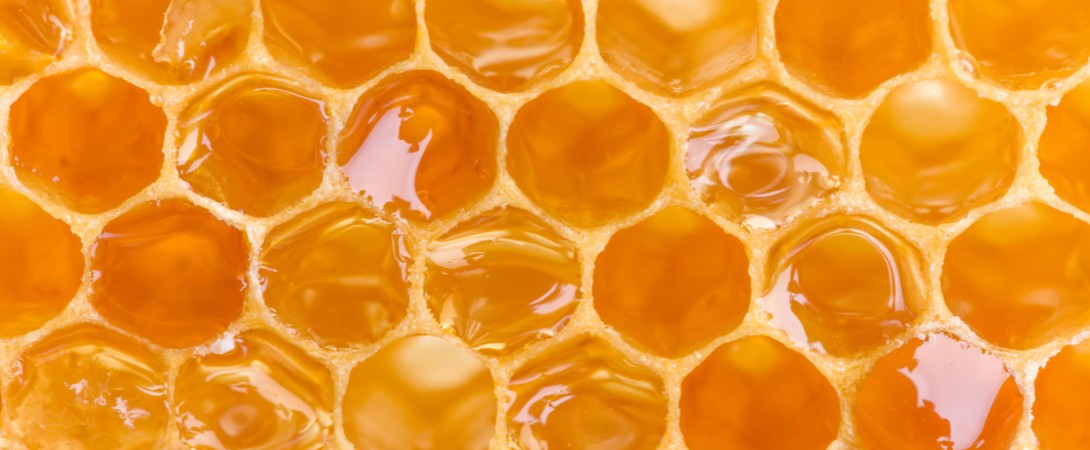Crowberry for a quick Vitamin C hit
A northern evergreen shrub with small, black berries, crowberry lives across the boreal belt on wind brushed heaths, peat bogs and coastal bluffs. Botanically within Ericaceae, the plant forms low mats that feed birds, color dishes, and quietly tint the pantry with deep violet pigment. The fruit is edible and widely used in Scandinavia for juices, jellies, wines and liqueurs, a compact expression of subarctic terroir.
Science and Composition
Chemical Composition
The flesh and skin of crowberry are rich in polyphenols, especially anthocyanins that give the fruit its near-black hue. Studies identify a broad panel of anthocyanins, with cyanidin-3-galactoside and delphinidin-3-galactoside among the predominant molecules. Flavonols such as quercetin glycosides and condensed tannins also occur, along with organic acids that shape tartness.
Researchers have catalogued up to thirteen distinct anthocyanins in crowberry extracts using HPLC and mass spectrometry, and report robust antioxidant capacity in vitro, consistent with its dense phenolic profile. These pigments also function as stable natural colorants in foods.
Nutritional Composition
Per 100 g, raw crowberry provides about 38 kcal, 5.3 g carbohydrate, 0.5 g fat, and 0.3 g protein. It contains dietary fibre and a modest amount of vitamin C, with Norwegian food composition data listing ~11 mg per 100 g. Mineral content is typical of wild berries and varies by site and season. These figures frame crowberry as a lean, fruit-forward ingredient with pigment density that far exceeds its sugars.
Health Benefits
The fruit contains anthocyanins and other polyphenols that have been studied for antioxidant properties in laboratory settings. It also contains vitamin C, a nutrient with established roles in normal physiology when present in sufficient amounts. No medical or disease claims are implied here; the focus is on crowberry as a nutrient-dense botanical with noteworthy natural pigments. PubMed
Heritage and Function
Cultural Significance & Historical Significance
Crowberry has long served northern foodways. In Scandinavia and across the North Atlantic, the berries appear in preserves, juices, wines and cordials.
Ethnographic records describe decoctions of leaves, stems and roots for household remedies among Arctic and subarctic peoples.
Birds and mammals rely on the fruit, and the plant’s dense mats shape heathland ecology.
Flavor Profile
Expect a restrained tartness with low sugar and a quiet green, resinous echo from the evergreen habitat. The overall taste of crowberry is gentle rather than flamboyant, which makes the berry ideal for layering into compositions where pigment, acidity and a dark-fruit shadow are desired without overt sweetness. Field guides and conservation notes describe the species as low in sugars and acids, aligning with its soft, mineral edge on the palate.
Fun Tidbits
Ancient genome work suggests a single bird-mediated dispersal could explain the genus split between the northern hemisphere and Patagonia, a reminder that crowberry stories travel on wings.
In Nordic heaths, phenolic-rich leaves and litter contribute to slow decomposition and distinctive organic topsoils.
And in many languages the plant’s name nods to birds, as in the Finnish variksenmarja
La Botanique Sacrée's Approach
Crowberry brings disciplined color, quiet tartness and a dark-fruit silhouette that enriches warm chiles, tomato matrices and citrus peels. It behaves like a tone control. A pinch shifts sauces from bright red to deep garnet, and a light dusting in rubs lends forest character without adding moisture.
Our crowberry powder is certified organic and sourced from Finland. The powder includes pulp, seeds and skin for full-spectrum pigment and fibre. The aroma is light and natural, designed to integrate rather than dominate.
Products featuring chives
TACO No1 – Chipotle, guajillo and Hungarian paprika woven with crowberry , hibiscus and citrus peels for a clean, brick-red taco profile with dark-berry depth.




